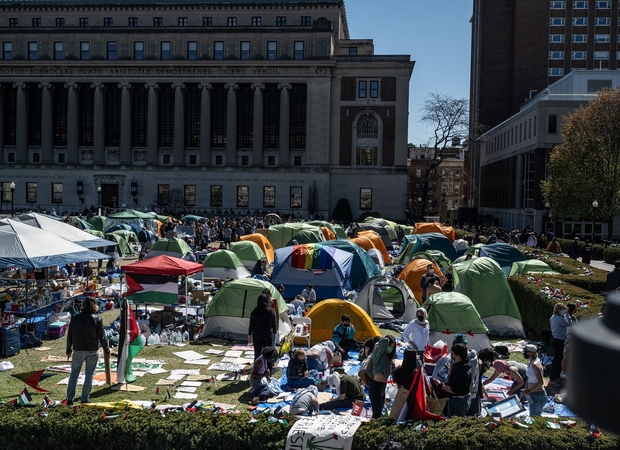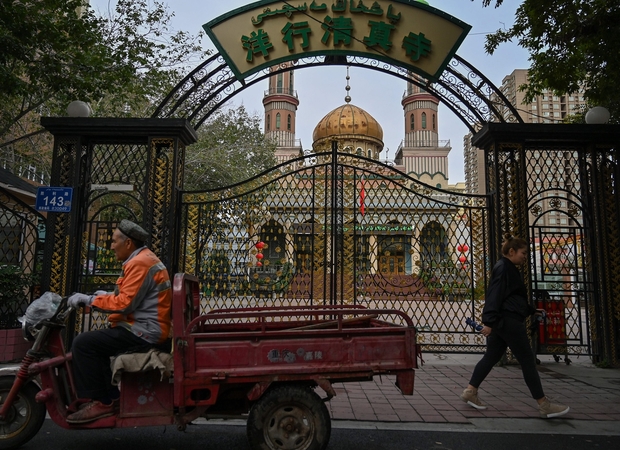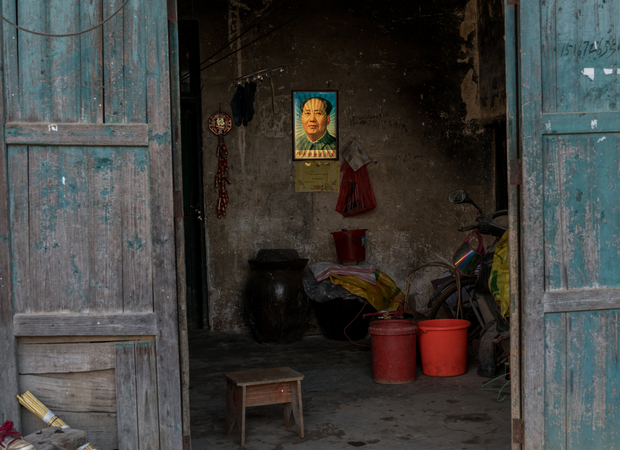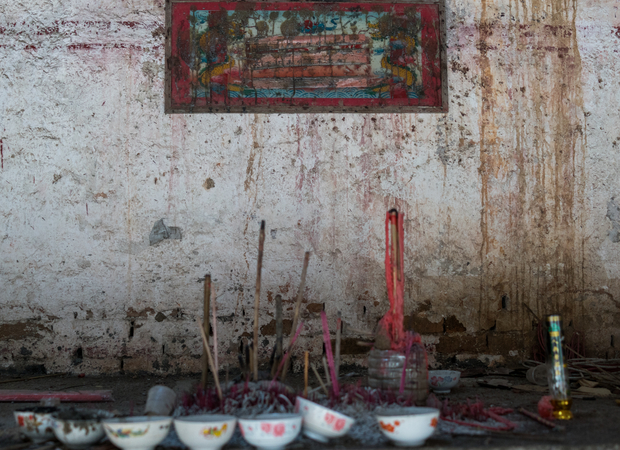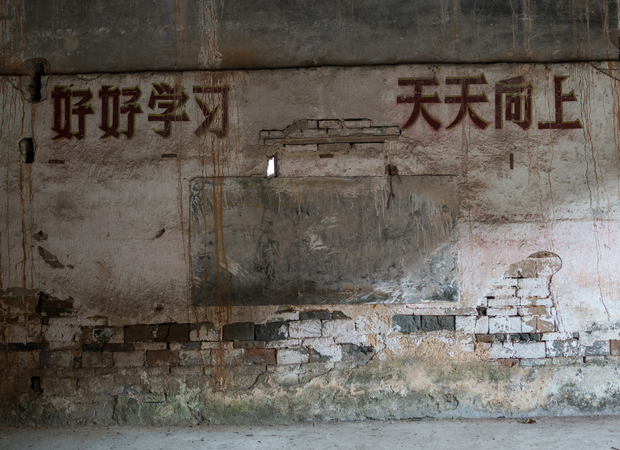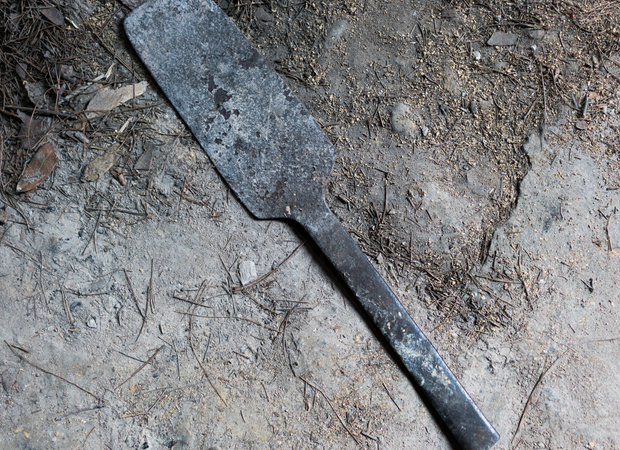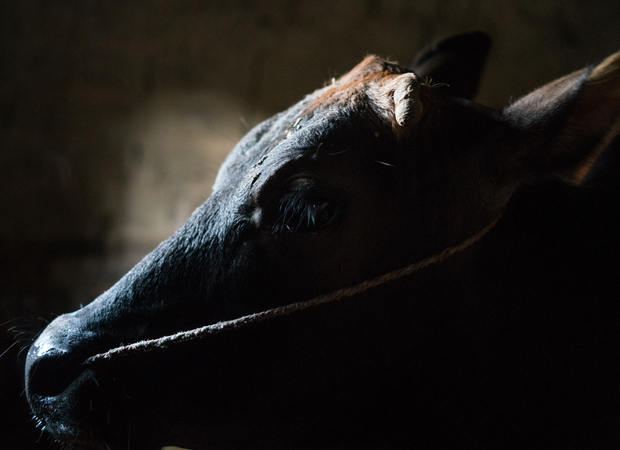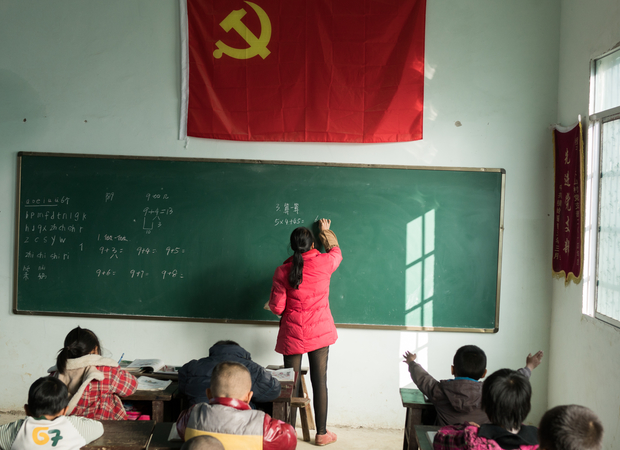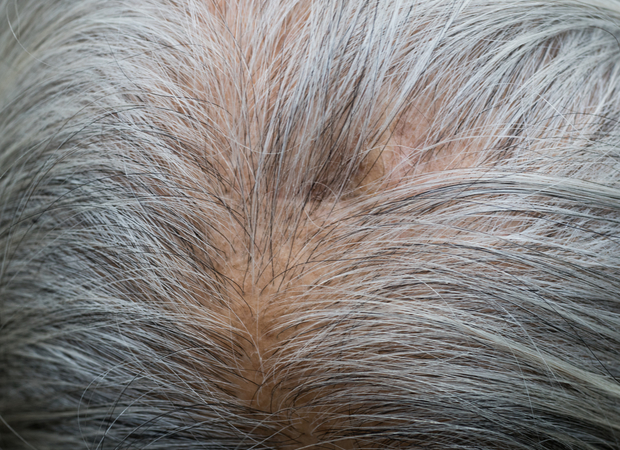Updates to Our Database of Arrests under the Hong Kong National Security Law
on April 30, 2024
We updated our suite of graphics tracking the impact of Hong Kong’s National Security Law. The law, which went into effect on June 30, 2020, and the allegation of “sedition,” have been used to arrest 292 individuals, charge 159, and convict 71 as of January 31, 2024.
Among arrests under the law in recent months, four individuals were arrested for signing up for paid subscriptions to Patreon accounts for Nathan Law and Ted Hui, Hong Kong politicians now living in the UK and Australia, respectively. Reasons cited for other recent arrests include posting on social media criticizing officials, as well as calling for protests and threatening the families of government officials, leading to charges of sedition.
In March, legislators passed a new security law in Hong Kong. Enacting a mandate in Article 23 of Hong Kong’s Basic Law, the territory’s constitution, the new legislation expands on the 2020 National Security Law to cover sedition (and increases the maximum sentence for this offense), collaboration with “external forces,” treason and insurrection, and other acts. We will be looking into how this new legislation will affect national security cases going forward.
You can see our full dataset and graphics here.





